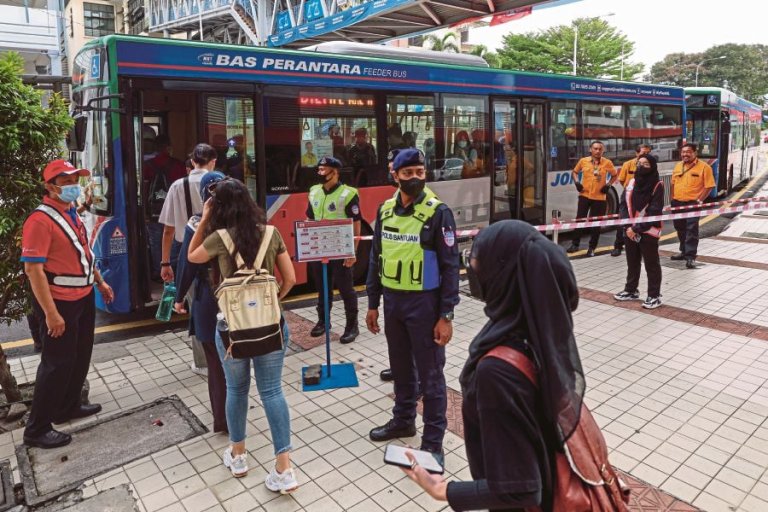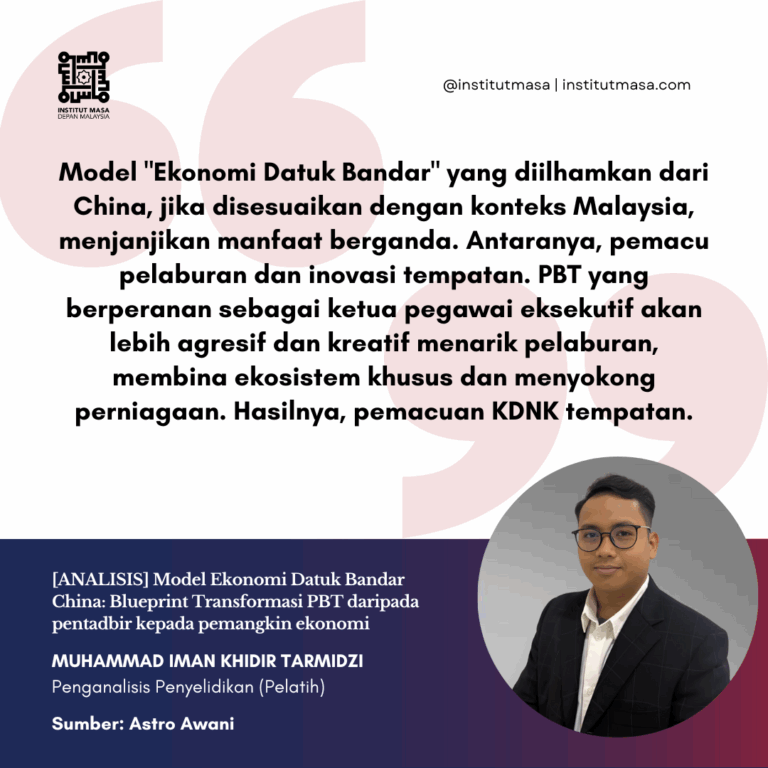By Mohammad Zulhafiy Zol Bahari, Research Analyst, Institut Masa Depan Malaysia
The recent closure of 16 light rail transit (LRT) stations between Ampang Park and Kelana Jaya on Nov 8 is causing people to suffer great difficulty.
Almost 200,000 Klang Valley commuters are affected and the links to other public transport systems are disrupted. Problems like this are usually solved overnight, but Prasarana stated that it would take a week to fix the malfunction of the line’s automatic train control system.
This exposes inefficiencies in public transportation and can hinder the aim to transition to a car-free nation.
Because of the shutdown, some commuters will take more time to get to work and back.
Although the Transport Ministry and Prasarana had mobilised 120 feeder buses to ferry passengers, we can only imagine how crowded the buses can get.
Consider the number of people a train can carry compared with the capacity of a bus. If the feeder buses are ineffective, people will rely on ride-hailing services, which are much more expensive.
I am a regular mass rapid transit and feeder bus user. When the MRT Kwasa Damansara and Sungai Buloh routes were suspended for the migration to MRT Phase 2 late last year, I could understand how disappointed commuters were as we had to wait 30 minutes for the feeder bus. Taking a bus may not be a good idea because buses have no special lane and can get stuck in traffic.
Perhaps this is why people are hesitant about using buses and prefer trains. According to the Asian Development Bank’s Index Score for most congested Asian cities, Kuala Lumpur was ranked second in the region with a score of 1.40 in 2019, trailing Manila with 1.51.
Even worse, people will walk for a long distance to reach their destination. It’s sad to see that in certain areas, pedestrian and walk zones were built on the main road.
Instead, of building train stations in underdeveloped areas, developers and urban planners should consider emulating Singapore’s walkability model that integrates pedestrian walkways with the public transport stations.
It might also be high time we learnt from Jakarta by providing bus lanes to avoid congestion, as Kuala Lumpur has become a car-centric city. Rather than building more highways, expanding the Klang Valley’s bus rapid transit system from the existing one in Bandar Sunway can be a better way to encourage public transport use.
Pulse, a Prasarana-owned mobile app, needs to be more user-friendly and include more features. For example, it should have a feature that suggests suitable transit points based on a user’s location for all modes of public transport, including trains and buses.
An emergency chat support function should also be added to inform users which routes have been shut.
Improving public transport needs strong political will to ensure that all master plans and the National Transport Policy 2019-2030 are well executed.
This brings to mind to what extent the 15th General Election manifestos of Barisan Nasional, Pakatan Harapan and Perikatan Nasional can address public transport issues.
It is critical to ensure that the people have access to an efficient train system that aligns with the goal of making Klang Valley accessible to all by 2040. Therefore, a more optimised long-term strategy in upgrading Malaysia’s public transportation system is needed.
Image: https://assets.nst.com.my/images/articles/14nt14eda_1668355806.jpg




